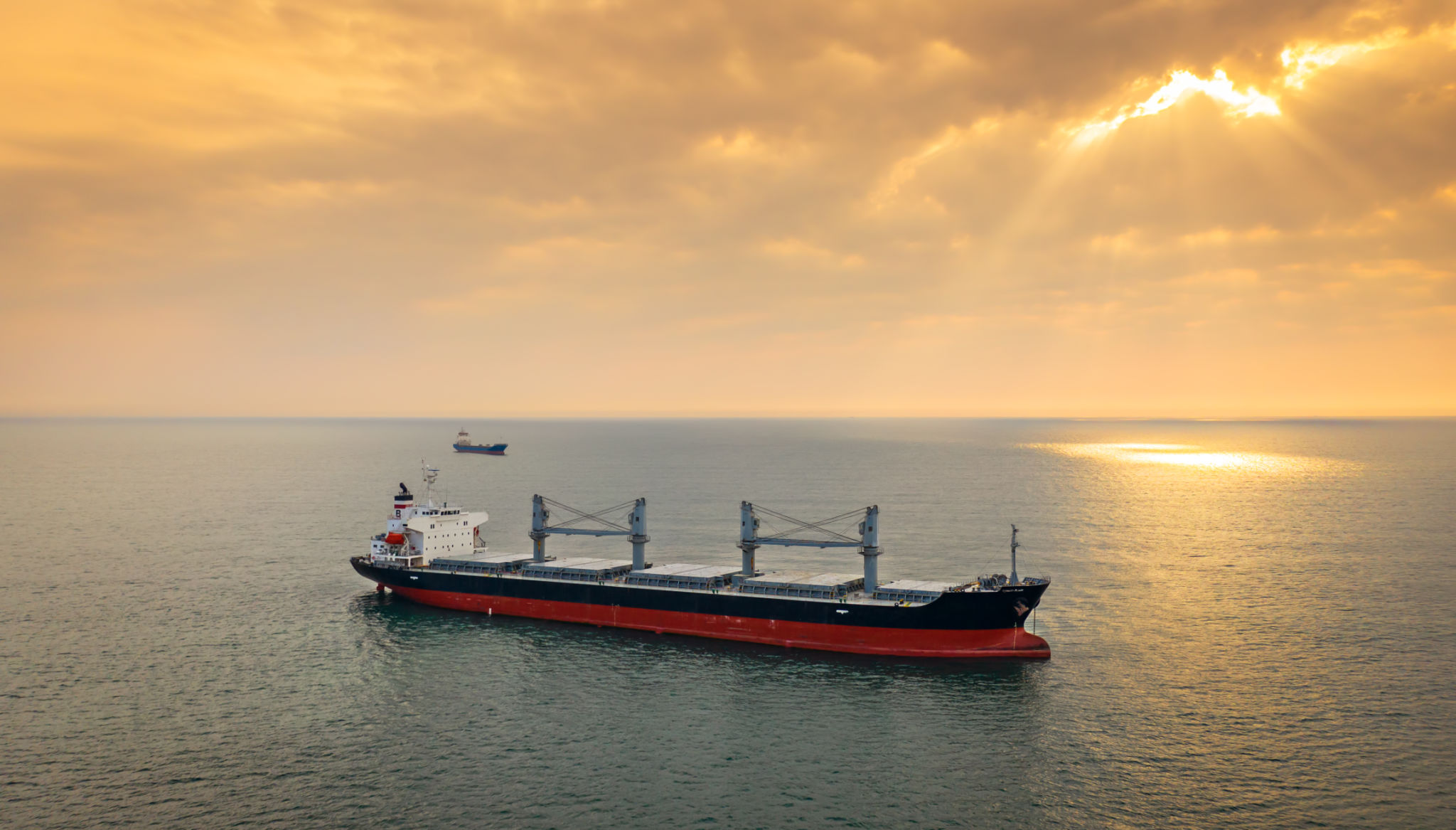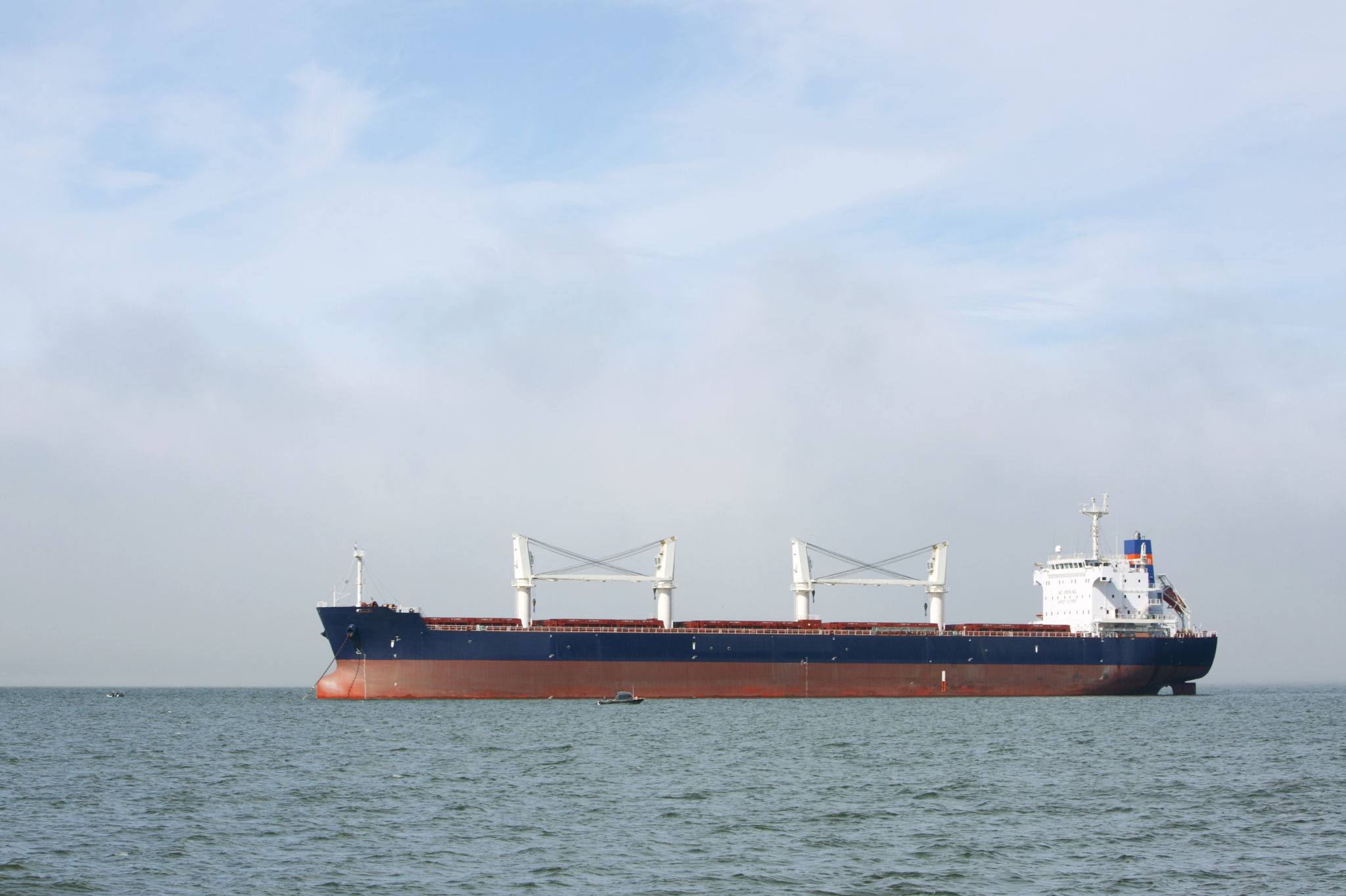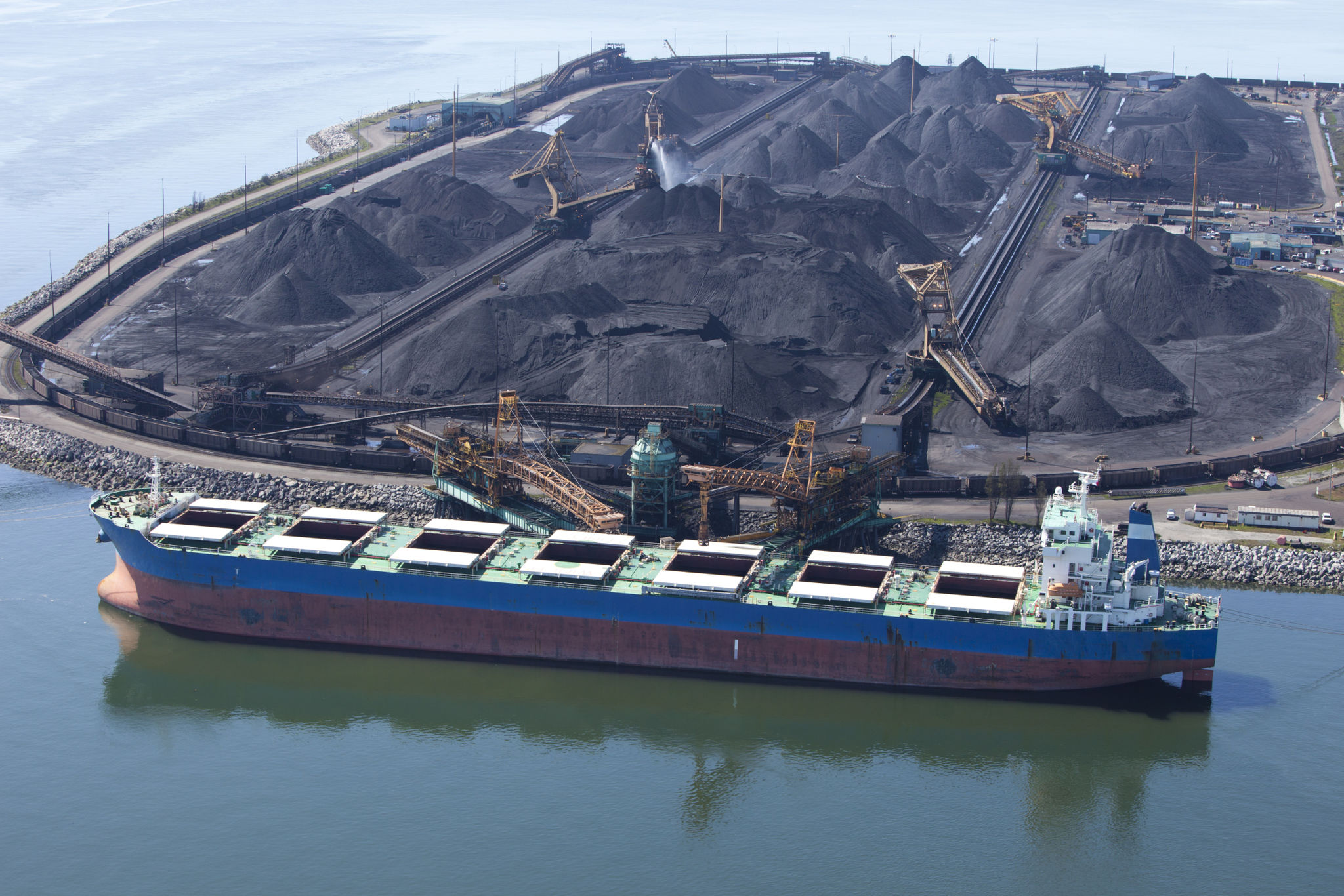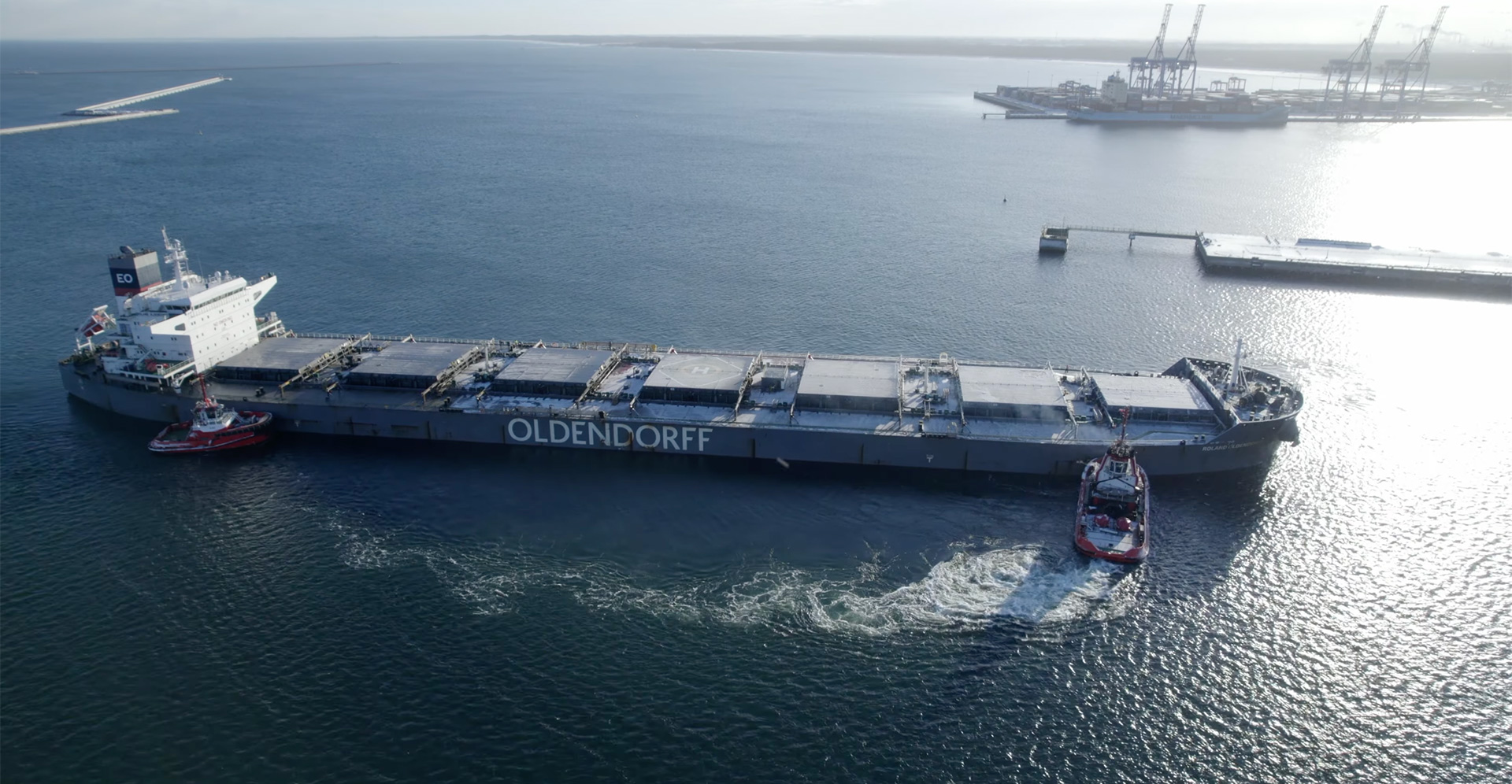Vessels We Operate

Deadweight Tonnage 25,000 - 45,000 Mts
They are smaller vessels, able to operate in small ports with certain restrictions and requirements to vessel size, they are all geared and mostly grabbed to be independent on ports facilities.

Deadweight Tonnage 53,000 - 58,000 Mts
Supramax vessels are medium-sized vessels and can thus enter smaller ports. Supramax vessels are also “geared”, i.e. fitted with cranes and grabs, wherefore they can service ports with limited infrastructure.

Deadweight Tonnage 63,000 - 68,000 Mts
The new generation of eco vessels recently introduced to the market to bridge the gap between Supramax and Panamax classes. Their measurements are similar to a panamax while they have 5 holds and 5 hatches and are geared that make them largest geared vessels to trade between ports restricted with draft limitations as well as infrastructure.

Deadweight Tonnage 72,000 - 98,000 Mts including Kamsarmax and Post-Panamax classes
Panamax vessels are designed to be able to transit through the Panama Canal. They serve as the “workhorse” for the heavy industry being entirely dependent on port infrastructure, as they do not have their own cranes except a few geared panamaxes in the market.

Deadweight Tonnage 125,000 - 190,000 Mts
Capers refer to the vessels that are not able to transit through Panama Canal because of their extreme breadth (beam). The principle to introduce capers to the market is the economy of scale, meaning to lower the freight by increasing the quantity of cargo carried. These vessels are mostly employed to carry iron ore and coal, thereby, their earning is highly dependent on the iron ore and coal market rather than grains and other cargoes. Capesize freight market is most volatile sector in dry freight market hence the risk associated with operating a caper is higher than a smaller vessel, nonetheless, we are dedicated to enter to caper sector and serve our clients who require a capesize vessel to transport their cargoes worldwide.



